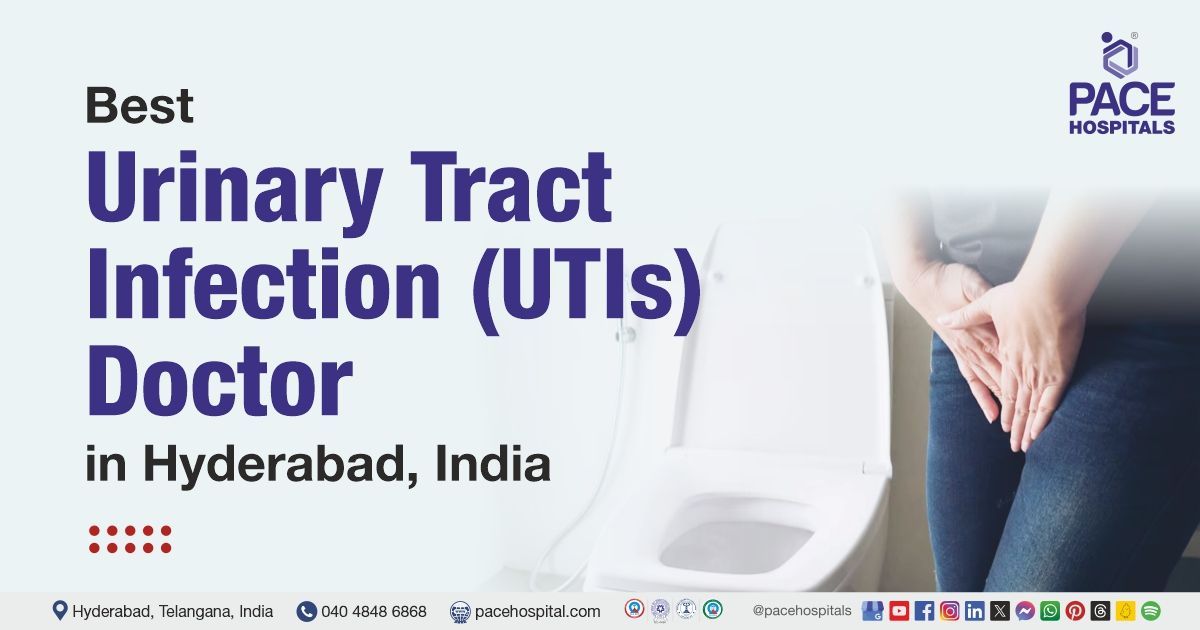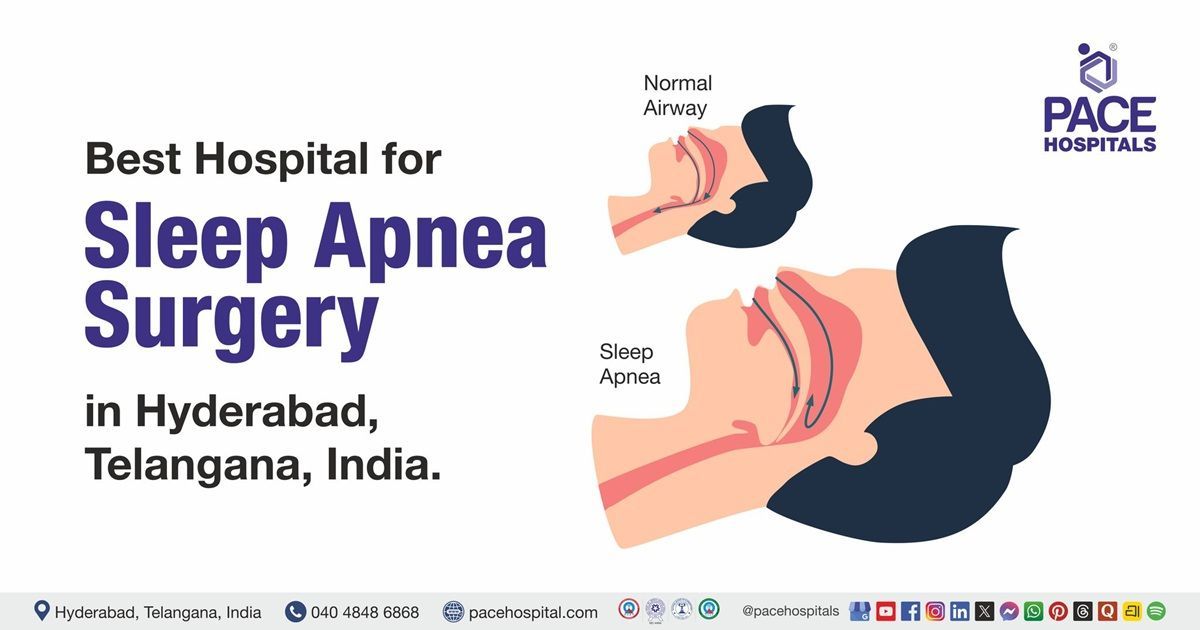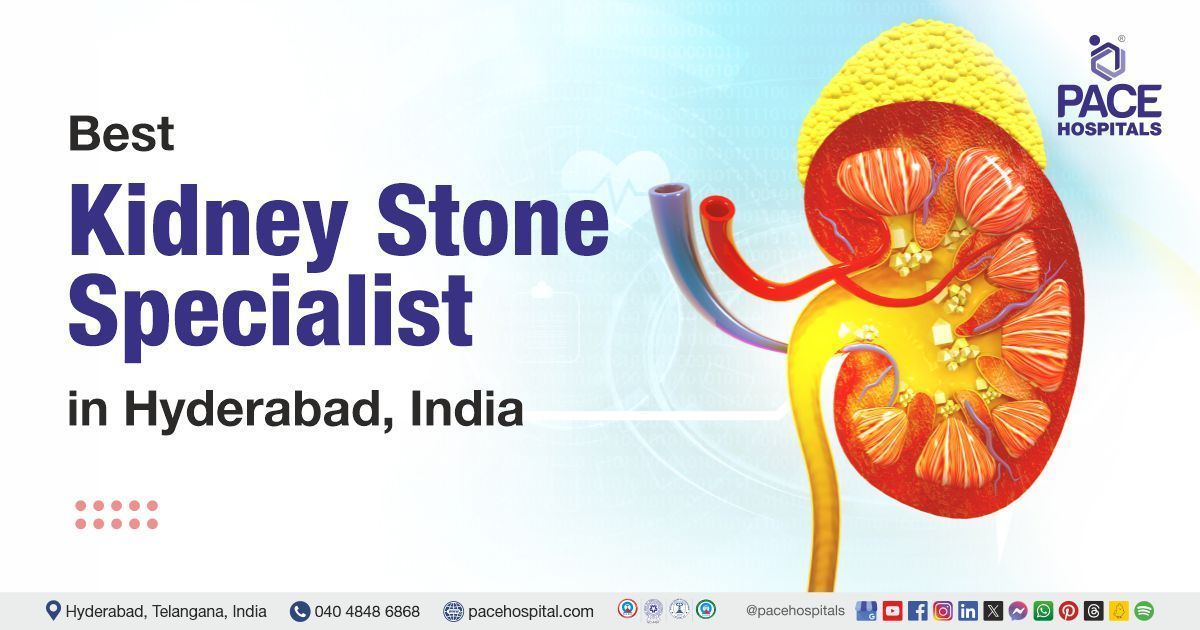Successful Open Reduction and Plating done for Right Clavicular Fracture
A 29-year-old male presented to the Orthopedics Department of PACE Hospitals, Hyderabad, with a right clavicular fracture following a slip and fall accident in a washroom. After a thorough diagnosis, he underwent an open reduction and plating, and the post-operative recovery was successful.
Chief complaints
A 29-year-old male patient presented to PACE Hospitals, Hyderabad, with complaints of pain in the right shoulder following a slip and fall in the washroom. He found difficulty performing overhead activities and lifting weights with the right upper limb.
These complaints were consistent with a traumatic injury to the right clavicle, which significantly limited his daily activities, especially those involving his right upper extremity.
Medical history
The patient had no significant past medical history. The patient was generally healthy and physically active prior to the injury, participating in regular physical activities.
The injury occurred when the patient slipped and fell while in the washroom, landing on his right shoulder. He immediately felt pain and discomfort in the right shoulder area, and his symptoms gradually worsened, particularly when attempting overhead movements or lifting heavy objects.
Diagnosis
The X-ray findings revealed a displaced fracture of the middle third of the right clavicle. The displacement was significant enough to warrant surgical intervention to prevent malunion or complications such as nonunion, which could lead to chronic pain or functional impairment.
The diagnosis was thus confirmed as a right clavicle fracture, and it was classified as a midshaft displaced fracture.
Systemic examination
The systemic examination of the patient was conducted as follows:
- General examination: The patient appeared to be in mild distress due to pain in the right shoulder. He was conscious, alert, and oriented to time, place, and person. Vital signs were stable, with normal blood pressure, heart rate, and respiratory rate.
- Local examination: Upon local examination, tenderness was noted over the middle third of the right clavicle, which was consistent with the site of the fracture. Swelling was observed at the fracture site, indicating significant trauma to the area, although no obvious deformity was apparent. The skin over the affected region remained intact, with no open wounds or bruising observed. The range of motion (ROM) of the right shoulder was limited, with painful restriction, particularly when attempting to elevate the arm or perform overhead activities.
Treatment
After a thorough examination and radiographic confirmation of the fracture, Orthopaedic Consultant, Trauma specialist, Shoulder and Knee Arthroscopic Surgeon, Hip and Knee Joint Replacement Specialist
Dr. Raghuram decided that surgical intervention would be necessary for optimal recovery. The patient underwent an open reduction and plating procedure of the right clavicle. The patient tolerated the procedure well, and the post-operative period was uneventful. No complications such as infection, bleeding, or nerve injury occurred during or after the surgery.
Postoperative care
The patient’s hospital stay was relatively short and uncomplicated. Postoperative care included:
- Wound care: Regular dressing changes were done to ensure the wound remained clean and free of infection. The dressing was found to be clean, dry, and intact at every change.
- Medications: The patient was given appropriate antibiotics (to prevent infection), analgesics (for pain management), and anti-inflammatory medications to manage postoperative discomfort.
- Physiotherapy: Early mobilization of the elbow and finger joints was encouraged to prevent stiffness, although the shoulder was immobilized in a sling to facilitate bone healing.
- Observation: The patient was closely monitored for signs of complications such as infection, blood clots, or complications related to the fracture fixation. His vital signs remained stable, and he did not exhibit signs of systemic infection.
- Nutritional support: Adequate nutrition was provided to support healing, and the patient was given
vitamin C and other nutritional supplements.
Discharge medications
Upon discharge, the following medications were prescribed:
- Antibiotics: To prevent infection, a course of oral antibiotics was continued for 7–10 days.
- Proton pump inhibitors (PPIs): To protect the gastrointestinal system from irritation caused by the antibiotics and pain medications.
- Vitamin C: To support collagen formation and promote healing of the bone and soft tissues.
- Nutritional supplements: To ensure adequate intake of essential vitamins and minerals to support recovery.
Review notes
The patient was advised to follow up in 10 days for suture removal. The stitches were to be removed after 10 days, ensuring that the wound had healed adequately. Elbow and finger movements were encouraged to prevent joint stiffness. Active shoulder exercises were to be avoided until further assessment of fracture healing.
The patient was instructed to continue wearing an arm sling for support and to protect the clavicle from further injury during the healing phase. To maintain bone health, the patient was advised to follow a diet rich in calcium and vitamin D.
Emergency notes
The patient was advised to monitor for signs of infection, such as redness, swelling, or discharge from the surgical site, and to contact the
emergency department immediately if any such symptoms occurred. Additionally, he was instructed to avoid any strenuous physical activity that could jeopardize the healing process.
Role of Vitamin C in healing fractures
Vitamin C plays a crucial role in fracture healing, primarily by supporting collagen synthesis, which is essential for bone matrix formation. It acts as a cofactor for enzymes involved in collagen production, ensuring the structural integrity of the healing bone. Additionally, Vitamin C promotes angiogenesis, facilitating the formation of new blood vessels that supply nutrients and oxygen to the fractured site. By aiding in collagen formation, Vitamin C also supports bone mineralization, providing the necessary framework for calcium deposition. As an antioxidant, it helps protect cells from oxidative stress, which could delay healing. Moreover, Vitamin C modulates inflammation, ensuring a balanced healing process and preventing excessive inflammatory responses. It also boosts immune function, enhancing the activity of immune cells essential for initial fracture repair. A deficiency in Vitamin C can result in delayed healing and complications like scurvy, highlighting the importance of maintaining adequate levels through diet or supplementation.
Share on
Request an appointment
Fill in the appointment form or call us instantly to book a confirmed appointment with our super specialist at 04048486868











